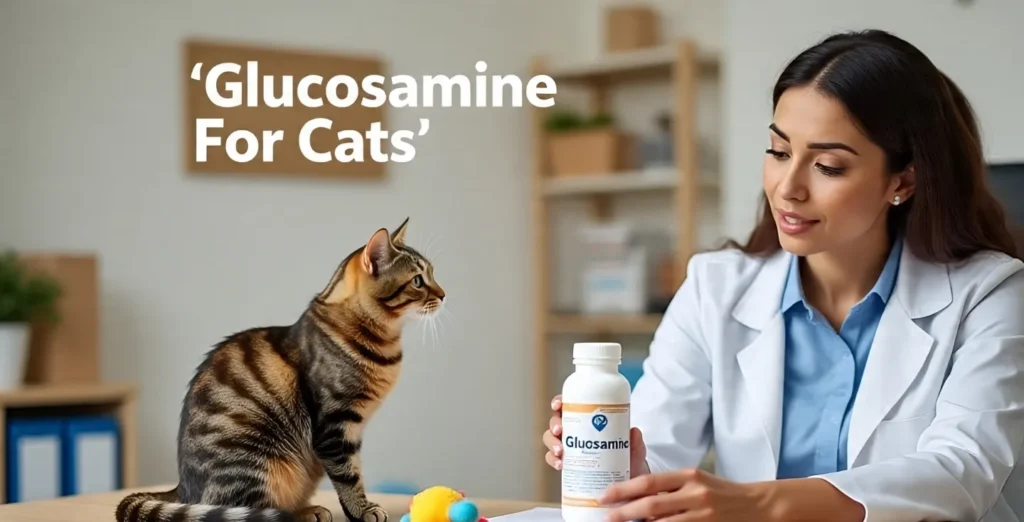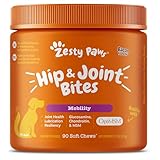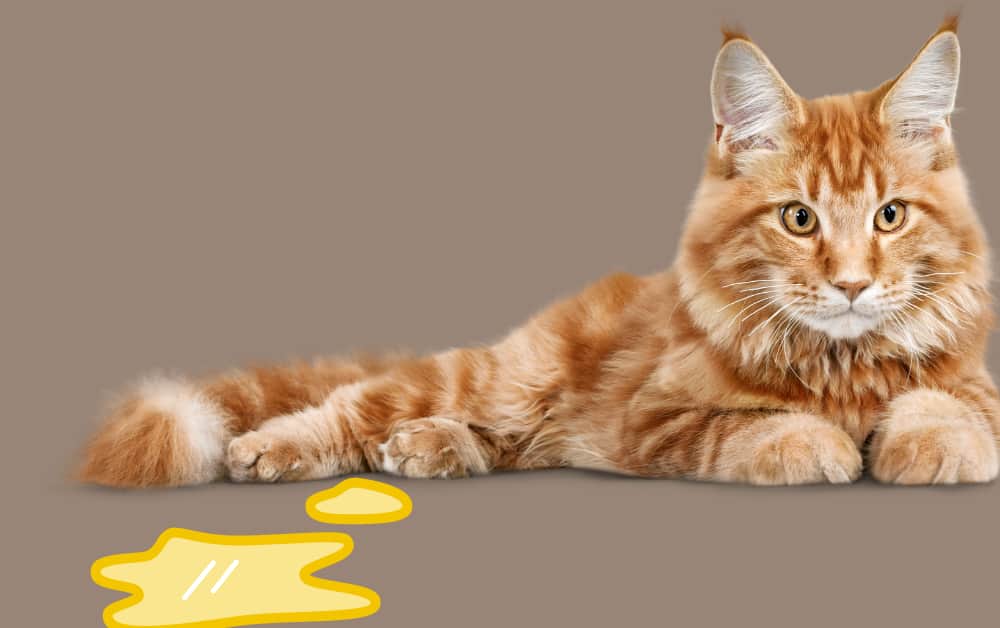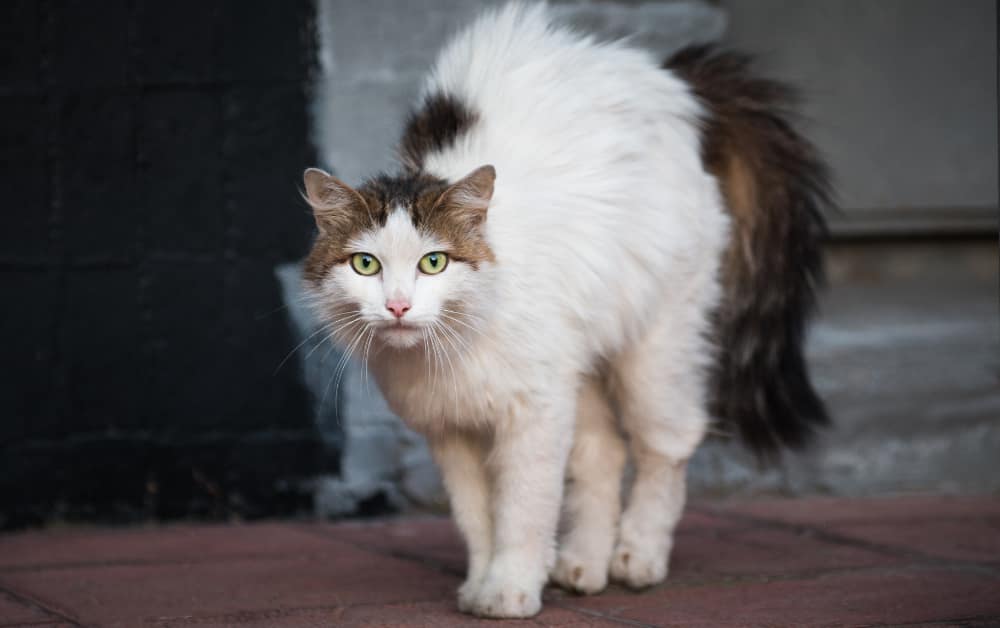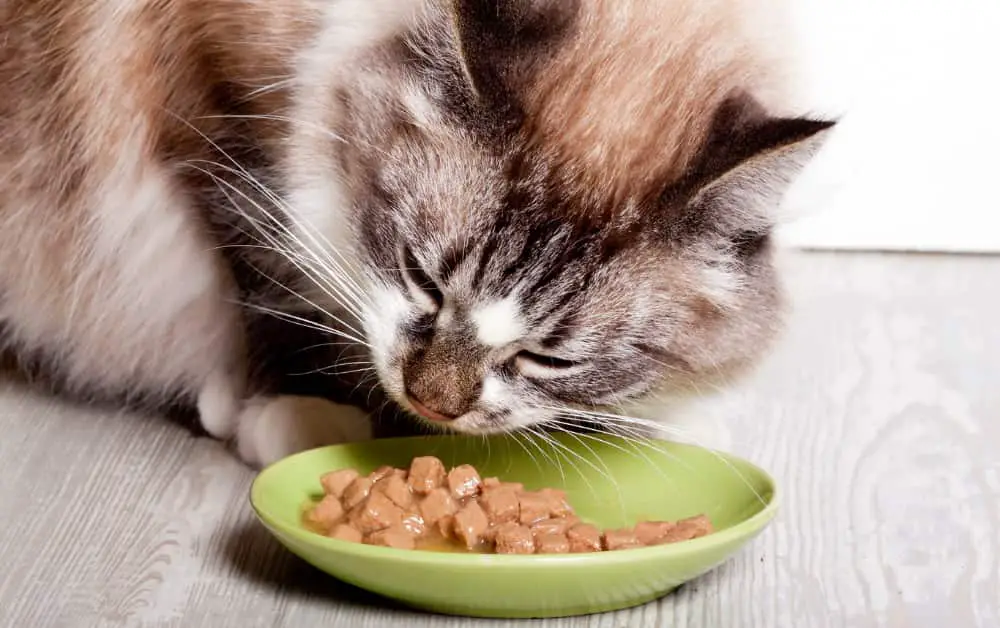Cats might seem like graceful, agile creatures, but just like humans, they can develop joint issues as they age—or due to injury, genetics, or obesity. One of the most common and effective supplements for supporting feline joint health is glucosamine for cats.
But how much is safe? Is there a right dosage by weight? And how do you even give it to your furry friend? This guide breaks it all down for you, including a vet-backed dosage chart so you can support your cat the right way.
What Is Glucosamine?
Glucosamine is a natural compound made from glucose and the amino acid glutamine. In the body, it plays a crucial role in forming and repairing cartilage—the tough, rubbery tissue that cushions bones at joints. While a cat’s body produces some glucosamine on its own, this production slows with age. That’s where supplementation comes in.
Unlike medications that mask pain, glucosamine works at the root of the problem. It supports the regeneration of cartilage and the production of synovial fluid—the slippery substance that lubricates joints. Glucosamine is most often extracted from shellfish shells or synthesized in labs, and is widely used in both human and animal health.
For cats, glucosamine isn’t just another trendy supplement—it can be a game-changer. It’s commonly paired with other compounds like chondroitin sulfate and MSM (methylsulfonylmethane) to amplify its effects.
Glucosamine Dosage For Cats
Veterinarians commonly recommend a glucosamine dosage for cats between 100 mg to 200 mg of glucosamine per day for cats, depending on weight and the severity of their condition. Most treatments begin with a “loading phase” (higher dose for the first 4-6 weeks) and then transition to a “maintenance phase” (lower, ongoing dose).
If your cat is on other medications or has preexisting health issues, always consult your vet before starting any supplement regimen. Interactions are rare but possible, especially in cats with kidney or liver issues.
Please remember self medecation can be harmful for your feline, make sure to take vet advice first.
Glucosamine Dosage Chart For Cats By Weight
| Cat Weight | Glucosamine (Initial Dose) | Glucosamine (Maintenance Dose) |
|---|---|---|
| Under 5 lbs | 50 mg daily | 25–50 mg daily |
| 5–10 lbs | 100 mg daily | 50–75 mg daily |
| 10–15 lbs | 150 mg daily | 75–100 mg daily |
| 15–20 lbs | 200 mg daily | 100–150 mg daily |
| Over 20 lbs | 250 mg daily | 125–175 mg daily |
Why Cats May Need Glucosamine Supplements
While kittens usually bound around without a care, older cats or those with certain health conditions may struggle with mobility. The cartilage in their joints can wear down over time, leading to pain, stiffness, and decreased movement. Some specific reasons your cat might need glucosamine include:
- Aging: Natural wear and tear on joints
- Arthritis or Osteoarthritis: Chronic inflammation and degeneration of joints
- Injury or Surgery Recovery: Post-trauma support
- Obesity: Extra weight adds stress to joints
- Hip Dysplasia: More common in some purebred cats
In these cases, glucosamine helps maintain joint health, rebuild cartilage, and reduce the risk of further damage.
Common Signs of Joint Issues in Cats
Cats are masters at hiding pain. That’s why identifying joint issues early can be tough. However, there are some telltale signs that your feline friend might be dealing with joint discomfort:
- Reluctance to jump on or off furniture
- Stiffness, especially after rest
- Less interest in play or exploration
- Limping or favoring one leg
- Behavioral changes (irritability, avoiding interaction)
- Difficulty grooming (especially the hind legs or back)
- Using the litter box improperly due to pain
If you notice any of these behaviors, it’s a good idea to talk to your vet—and glucosamine might be part of the treatment plan.
Benefits of Glucosamine for Cats
Improving Mobility and Flexibility
One of the most noticeable effects of glucosamine in cats is better movement. As the compound rebuilds and strengthens joint cartilage, it helps restore a cat’s ability to move freely and comfortably. Many cat owners report seeing their pets jump and climb more easily after a few weeks of glucosamine use.
It works by enhancing the cushioning in joints and reducing bone-on-bone friction. Think of it like replacing the oil in a car—everything just moves smoother. Cats that previously hesitated to jump up on the bed might suddenly feel like their younger selves again.
Supporting Cartilage and Joint Health
Glucosamine doesn’t just reduce symptoms—it supports overall joint health. By boosting the body’s ability to repair and maintain cartilage, it acts as a long-term solution. This is especially important for aging cats or those genetically predisposed to joint problems.
In many cases, veterinarians recommend it as a preventative supplement. Even if your cat isn’t currently showing symptoms, adding glucosamine can slow or prevent cartilage deterioration. This is particularly valuable for breeds like Maine Coons or Persians, which are prone to joint disorders.
Glucosamine also enhances the production of synovial fluid, which is crucial for lubricating joints. This makes every movement—whether it’s a leap onto the windowsill or a gentle stretch—less painful and more fluid.
Reducing Pain and Inflammation
While glucosamine isn’t a painkiller per se, it helps manage pain by addressing inflammation and promoting joint repair. Chronic inflammation in joints often leads to persistent discomfort, especially during movement. By reducing this inflammation, glucosamine offers a natural, gentler alternative to NSAIDs (non-steroidal anti-inflammatory drugs), which can come with harsh side effects in cats.
Cats on glucosamine often experience less pain over time, needing fewer medications like meloxicam or gabapentin. It’s a slow-acting supplement—typically taking 4–6 weeks to show full effects—but for long-term pain management, it’s worth the wait.
Glucosamine Side Effects For Cats
Glucosamine is considered very safe for cats, especially when compared to pharmaceuticals like NSAIDs. However, like any supplement, there’s a chance of mild side effects—usually gastrointestinal. These may include:
- Vomiting
- Diarrhea
- Loss of appetite
- Excess gas
These symptoms are usually temporary and can often be resolved by reducing the dose and gradually increasing it again. Always administer glucosamine with food to help minimize tummy upset.
Rare But Serious Reactions
In very rare cases, a cat may experience an allergic reaction—especially if the glucosamine is derived from shellfish. Symptoms to watch for:
- Excessive itching or swelling
- Hives or facial puffiness
- Sudden lethargy or collapse
If you notice any of these signs, discontinue use immediately and seek veterinary attention. It’s also important to avoid giving your cat human glucosamine supplements, which may contain additives or artificial sweeteners (like xylitol) that are toxic to cats.
When to Seek Veterinary Help
Always talk to your vet if:
- Your cat is already on medications (especially for arthritis or kidney disease).
- There’s no improvement after 8 weeks of consistent glucosamine use.
- You’re unsure about the dosage or product quality.
- Severe side effects occur or your cat’s condition worsens.
Your vet might suggest bloodwork, imaging, or switching to a more advanced joint-support protocol, including physical therapy or injectable glucosamine products.
Choosing the Right Glucosamine for Your Cat
Glucosamine for cats comes in several forms, and choosing the right one depends on your cat’s preferences and your lifestyle. Common options include:
- Liquid Glucosamine: Easy to mix with food; quick absorption.
- Chewable Tablets or Treats: Convenient and often flavored.
- Powder: Can be sprinkled on wet or dry food.
- Capsules: May be opened and sprinkled or given whole if your cat cooperates.
Each form has its pros and cons. Liquids and powders are ideal for finicky eaters, while chews are more convenient if your cat likes treats. Make sure to follow dosage instructions closely for the best results.
Key Ingredients to Look For
Not all glucosamine supplements are created equal. When shopping, look for these key ingredients that enhance the effectiveness of the supplement:
- Chondroitin Sulfate: Works with glucosamine to protect and rebuild cartilage.
- MSM (Methylsulfonylmethane): A natural anti-inflammatory compound.
- Omega-3 Fatty Acids: Helps reduce joint inflammation.
- Hyaluronic Acid: Supports joint lubrication.
Avoid products with artificial flavors, colors, or excessive fillers, especially if your cat has food sensitivities.
How to Administer Glucosamine to Cats
Getting your cat to consume glucosamine regularly can be tricky, especially if they’re picky eaters. One of the most effective ways to administer the supplement is by mixing it with their food. Many pet-specific glucosamine supplements come in powder or liquid form specifically for this purpose.
Here are some best practices:
- Mix it with wet food—the moisture helps hide the smell and flavor better than dry kibble.
- Try warming the food slightly to blend the supplement in more evenly and make it more appealing.
- If using powder, start with half doses to acclimate your cat to the taste before transitioning to full doses.
Some supplements are flavored with chicken, tuna, or salmon to make them more palatable. These are great for sneaky dosing, especially if your cat is suspicious of anything new in their bowl.
Using Chews, Capsules, or Liquid Form
Another approach is using glucosamine in chew, capsule, or liquid form. Each has its benefits:
- Chews: These are easy to give like treats. Make sure the chew contains the proper dosage.
- Capsules: Can be hidden in pill pockets or opened and sprinkled over food.
- Liquids: Usually flavored and can be dripped directly into your cat’s mouth or mixed into meals.
The form you choose will largely depend on what your cat tolerates. Some cats resist pills entirely, while others have no issue chewing on a flavored supplement.
Pro tip: If your cat refuses all oral forms, consult your vet about injectable glucosamine (Polysulfated Glycosaminoglycans)—though this is typically reserved for more advanced cases.
Monitoring Your Cat’s Progress with Glucosamine
Glucosamine isn’t a quick fix—it’s a long-game supplement. Most cats don’t show immediate improvement after their first few doses. Typically, you’ll start seeing results anywhere from 3 to 6 weeks after starting the supplement, depending on the severity of the joint issues and your cat’s response.
Here’s a rough timeline of what to expect:
- Week 1–2: Minimal visible changes; glucosamine is starting to build up in the system.
- Week 3–4: Slight improvements in mobility and energy levels may begin.
- Week 5–6: Noticeable decrease in stiffness, especially in the morning or after naps.
- After 6 weeks: Cats often return to more natural movement patterns—climbing, stretching, and playing more freely.
It’s essential to remain consistent. Missing doses or switching products frequently can disrupt the supplement’s benefits. If you’ve been consistent for over two months with little or no change, consult your vet. There may be another underlying issue or a need to adjust the dosage or formulation.
Behavioral and Physical Improvements to Look For
You know your cat best, so trust your instincts. Subtle improvements can be powerful indicators that glucosamine is working. Look out for the following positive changes:
- More playful behavior: Chasing toys or interacting with you again.
- Improved posture: No longer hunched or stiff.
- Easier jumping: Back on the couch, windowsills, or counters.
- Better grooming habits: Cats with joint pain often neglect areas they can’t reach.
- Reduced aggression or irritability: Pain can make cats cranky; less pain = happier kitty.
Take before-and-after videos or journal daily observations to help you track these changes more clearly.
You May Also Like To Read:
FAQs
Can I give my cat human glucosamine supplements?
No, you should never give human glucosamine to cats. Many human supplements contain xylitol or other additives that are toxic to pets. Always use pet-specific products formulated for feline biology.
How long should I keep giving glucosamine to my cat?
Glucosamine is most effective as a long-term supplement. Many cats take it for the rest of their lives once they start. It’s safe for prolonged use, and stopping it may cause symptoms to return.
Can kittens take glucosamine?
In most cases, kittens don’t need glucosamine unless recommended by a vet for a congenital joint condition or injury. It’s typically reserved for older or injured cats with joint degeneration.
What happens if I miss a dose?
Missing a single dose isn’t a big deal. Just resume the regular schedule the next day. However, for optimal results, consistent daily dosing is best.
Is glucosamine better in liquid or pill form for cats?
Liquid and powder forms are often easier to administer to picky cats, especially when mixed into wet food. However, some cats prefer flavored chews or treats. The best form is the one your cat will consistently take.


